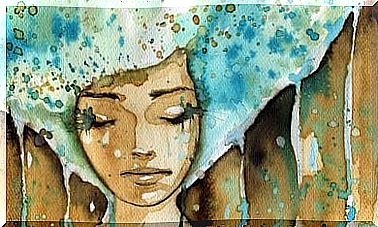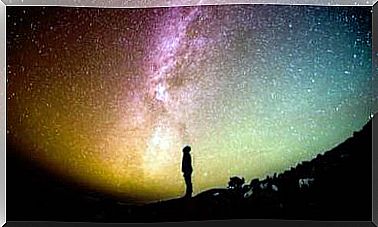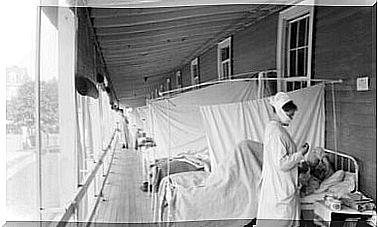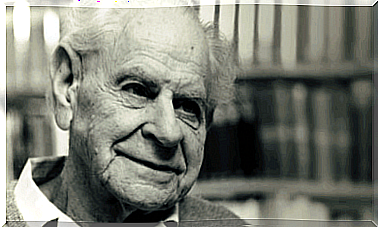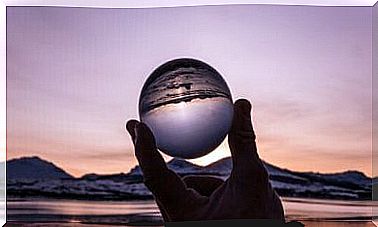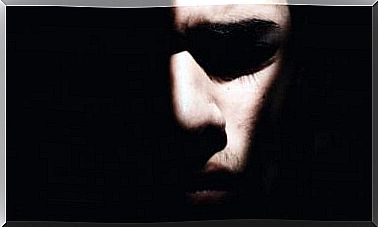Albino People: Beyond The Physical Aspect
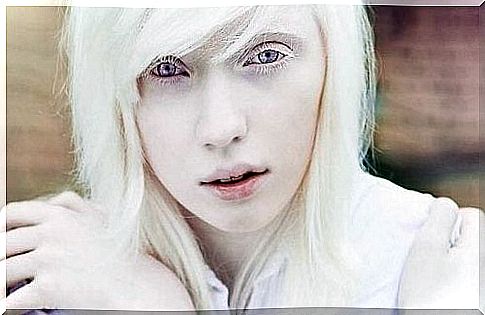
It is not easy for people with albinism to be different. This inherited metabolic disorder is characterized by the absence of pigmentation (melanin) in the skin, hair and eyes. It comes with an even more striking dimension: discrimination. In Africa, for example, being an albino person means experiencing a terrifying reality. The situation of these people is, by reason of superstition, dramatic.
International Albinism Awareness Day is commemorated every June 13. It was in 2015 that the United Nations Assembly decided to set this date with a very specific objective. Encourage and defend the right of people with albinism to live in freedom. To be respected. And defended against any act of discrimination and / or violence.
So much so that more and more studies on this subject have emerged in recent years. Children and adults with albinism and hypopigmentation therefore face serious social and emotional challenges.
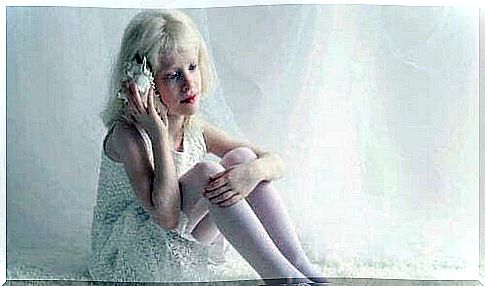
People with albinism: beyond the absence of melatonin
The medical community has yet to agree on whether to consider albinism a disability. The reason ? This is a unique condition that represents a minority sector of our society. The characteristics of this genetic alteration, however, limit people with albinism enough that they cannot lead a normal life. His uniqueness, his physical problems, the prejudices and discriminations that surround him often lead to isolation.
People with albinism often suffer from visual limitations. Of photophobia. And quite serious dermatological problems. There are several types of albinism (up to 18 known genes involved, with 800 possible mutations). However, most people with albinism experience something very real: rejection and astonishment from those around them. Their white hair, their pale and sensitive skin, the color of their eyes… These features always attract attention, especially if the family is black or Asian.
We must therefore emphasize here that we all need, from an early age, to be and to feel accepted. In the case of people with albinism, and especially in young children, almost from the start they feel the weight of the difference. To know that you are different.
In most cases, despite the affection and support of the family, it is common for them to develop low self-esteem, insecurity and emotional withdrawal. In this context, beyond albinism, hides another more complex reality. Much more delicate and often hurtful.
Living with albinism
1 in 17,000 people suffer from albinism. The African continent has one of the largest populations of people with albinism in the world. In Nigeria or Tanzania, one in a thousand people have this condition. All of this invites us to conclude an obvious fact: the quality of life of a person with albinism will depend on two factors.
The first is related to the type of albinism. For example, Hermansky-Pudlak syndrome (HPS) or Chediak-Higashi syndrome are two alterations associated with symptomatology (burns, bruises, bleeding, constant infections, hepatomegaly, etc.) that can affect daily life.
The second, as we can imagine, will depend on where the person with albinism was born. This will mean in Africa to be immediately considered not as a human being but as a zeru zeru. A ghost, a white demon. Superstition combines with savagery to stage one of the most vile cruelties denounced by organizations such as the United Nations. Assassinations, kidnappings, mutilated children to take their limbs as trophies, raped women believing that AIDS will be cured in this way …
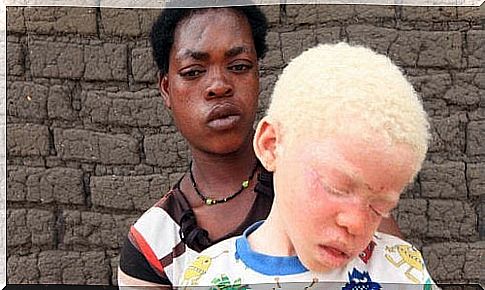
Things change drastically if we move away from the meridian and go to a very special corner of Panama. In the Kuma tribe of this country, 1 in 150 people are born with this condition. However, people with albinism are seen as a gift from heaven. They are the children of the moon or the grandchildren of the sun. They are cared for, respected, protected and revered as truly special beings.
It should be noted that this preference is a relatively new practice. People with albinism were, until recently, considered the ungodly sons of the Spanish colonizers. Therefore, rejection was also associated with violence. The radical change in the perception of this group took place only two centuries ago.
Finally , we must stress that this sensitivity also improves over the years. Today there are many associations around the world. An example of this is ALBA. This space cripples and offers support. Conferences and activities are held there. But also constant meetings. The aim is to promote integration. And to give people with albinism greater relevance in our society.

